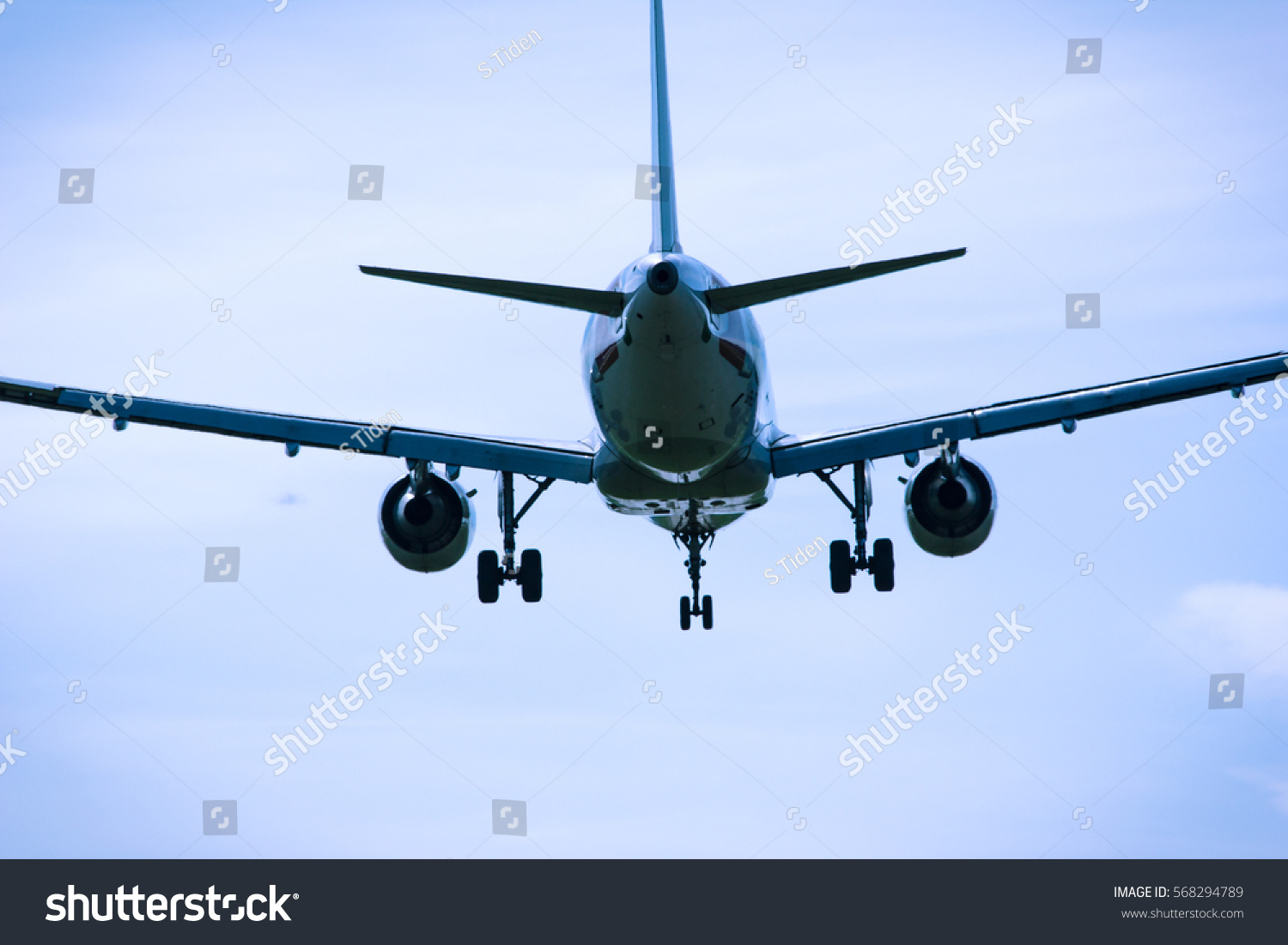- Joined
- Jul 3, 2012
- Messages
- 15,226
- Display Name
Display name:
Velocity173
I've never heard of that. I've had many a speed restriction on arrival. Slowest I can recall was probably 90 kts in a Bonanza. Doable but not very comfortable.
It is a recommended minimum. Really shouldn't be assigned anything less. Shouldn't be assigned a speed adjustment inside the FAF or 5 miles from the runway but that happens as well. "If able" is the key phrase when violating the order.
From the .65 as well as AIM 4-4-12:
c. To arrival aircraft operating below 10,000 feet:
1. Turbojet aircraft. A speed not less than 210 knots; except when the aircraft is within 20 flying miles of the runway threshold of the airport of intended landing, a speed not less than 170 knots.
2. Reciprocating engine and turboprop aircraft. A speed not less than 200 knots; except when the aircraft is within 20 flying miles of the runway threshold of the airport of intended landing, a speed not less than 150 knots.




